Sanchi

Sanchi Tourism
A symbol of the vast heritage present throughout the culturally rich India, the Buddhist monuments of Sanchi are one of the oldest stone structures in India. Designated a World Heritage site by UNESCO, the Great Stupa was installed in the 3rd century BC by Emperor Ashoka of the Mauryan dynasty. The sculptures and monuments present at the site are a fine example of the development of Buddhist art and architecture. The stupa sits atop a hill in Sanchi, surrounded by lush gardens, providing visitors peace and serenity at this grand tribute to the peaceful religion of Buddhism.
Sanchi is a small village situated at the foot of a hill, located very close to the capital city of Bhopal. This place is known for its ancient Stupas, monasteries and other remnants of the rich Buddhist culture which date back to the 3rd century B. C. It is one of the most important places for Buddhist pilgrimage and pilgrims from around the world visit this place, especially to see Sanchi Stupa which is also a World Heritage Site.
This large hemispherical dome, more than 50 ft high with a diameter of more than 30m was constructed to honour Lord Buddha and houses many important Buddhist relics. It is meant to serve as a sacred burial mound for the distributed remains of Lord Buddha. Being such a serene place and a hub of Buddhist culture, it is also very surprising that Lord Buddha never visited this village even once. During the reign of the Guptas, temples were built here, making this location a grand example of the harmonious coexistence of Hindu and Buddhist faiths. This historic structure has undergone a lot of development, renovation and addition since its original construction. The four ornate gateways, known as Toranas, were the last structural additions, being added in the 12th Century AD. They are meant to represent love, courage, trust, and peace. The magnificent structure attracts scores of tourists and history buffs who come to marvel at the architectural integrity of these monuments as well as gain a deeper understanding of the cultural history of India.
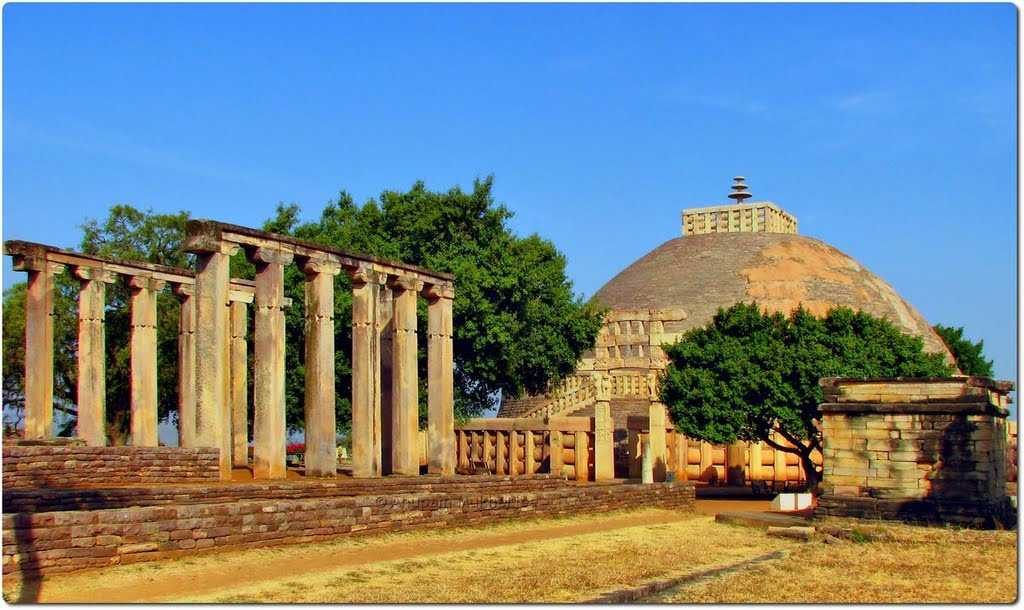
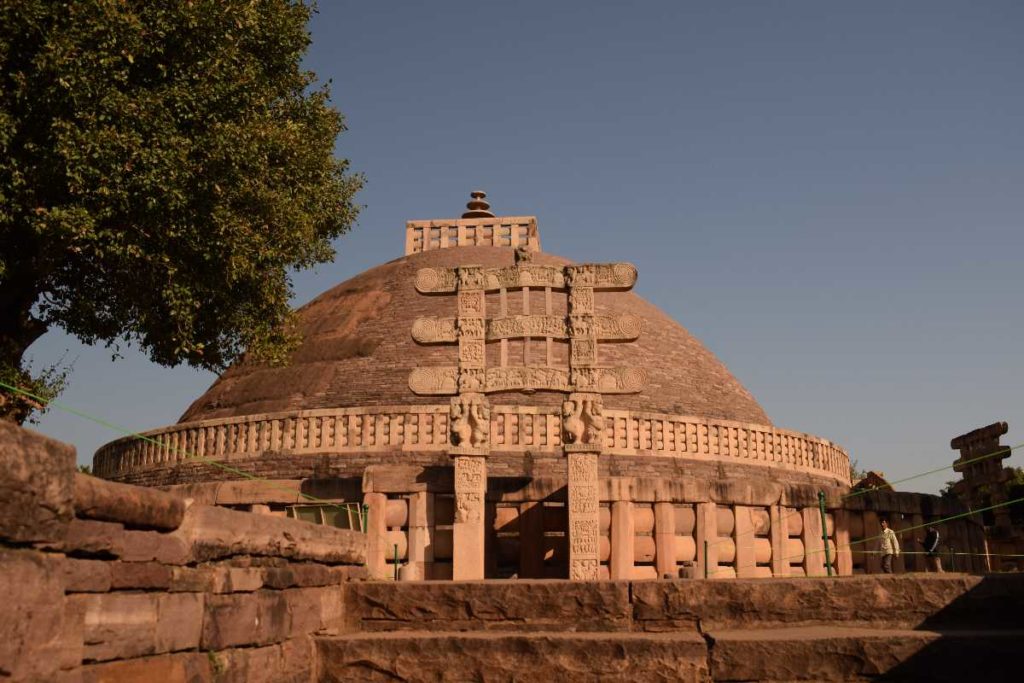
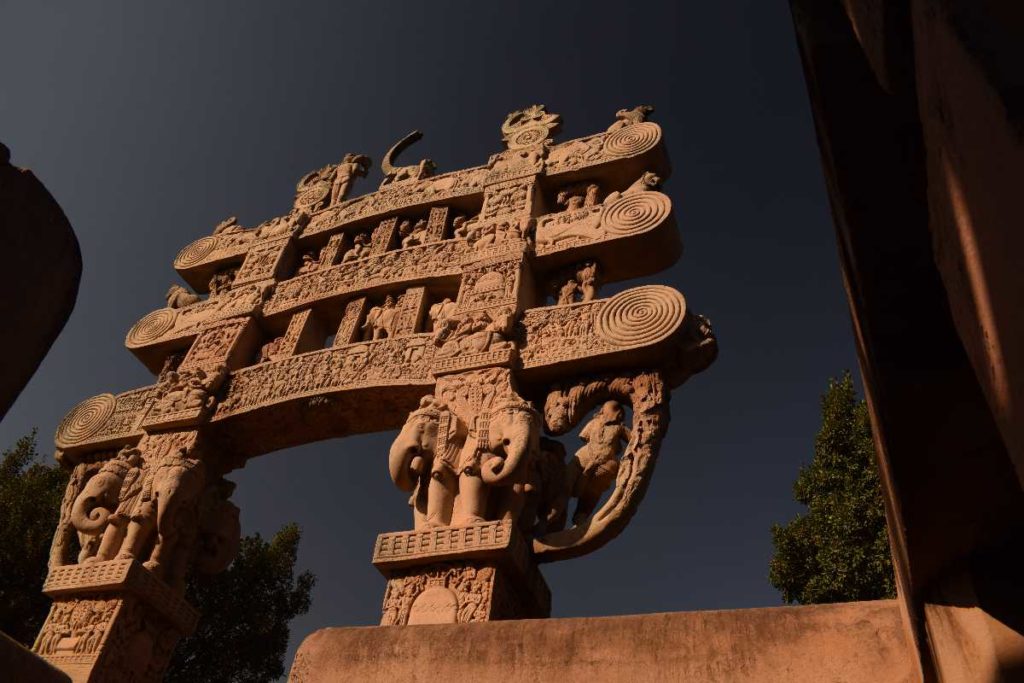
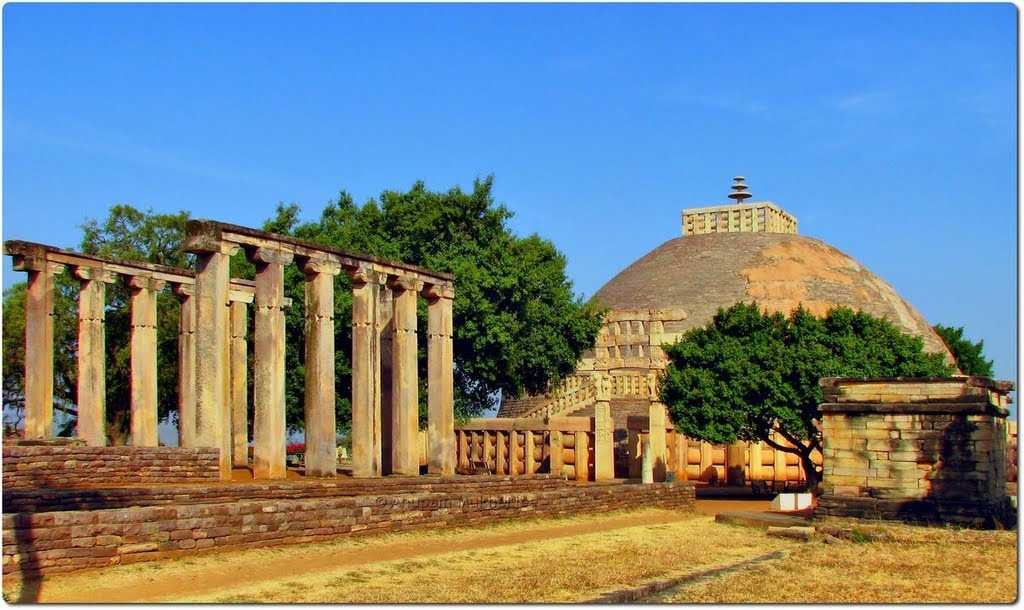
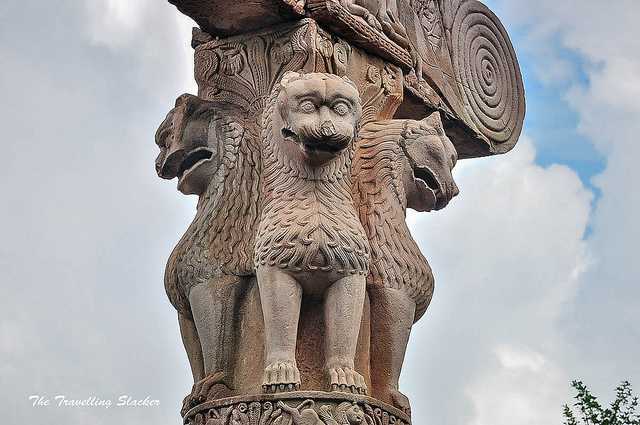
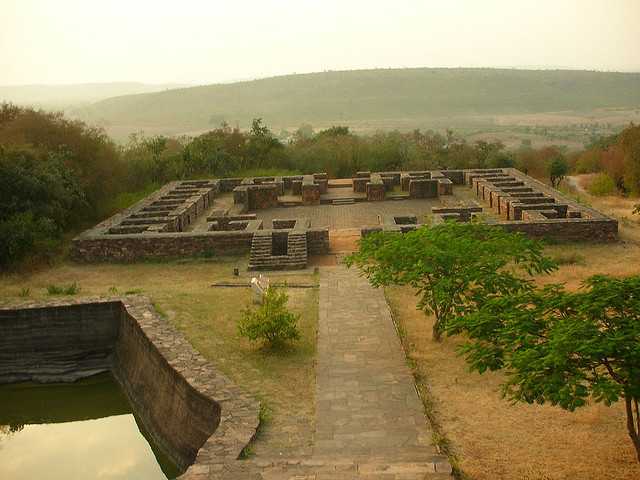
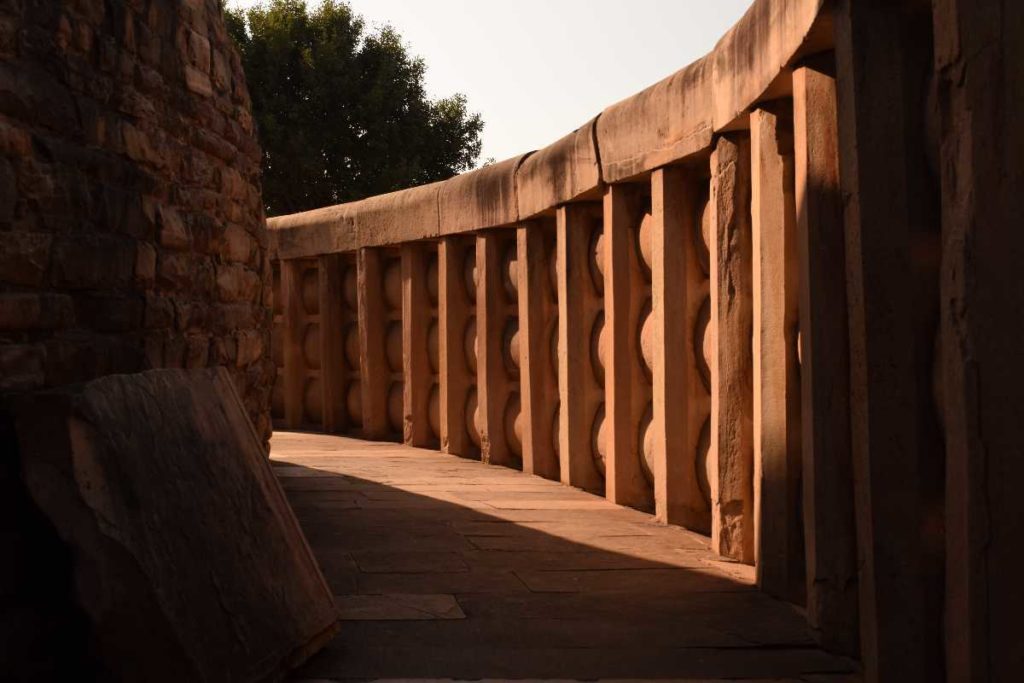
How to reach
1. By Air. The nearest airhead is the ‘Raja Bhoj’ Airport, located in Bhopal, the capital city of Madhya Pradesh. It is 46 km from Sanchi and is an important domestic airport of the state. …
2. By Rail. The nearest railhead from Sanchi is also located in Bhopal. …
3. By Road. Traveling to Sanchi by road is very convenient.
The Sanchi hill goes up in shelves with Stupa 2 situated on a lower shelf, Stupa 1, Stupa 3, the 5th century Gupta Temple No.17 and the 7th centurytempleNo. 18 are on the intermediate shelf and a later monastery is on the crowning shelf. The balustrade surrounding Stupa 2, carved with aniconic representations of the Buddha, was added in the late 2nd century BC under the Satavahanas.
Built, vandalized, rebuilt, lost and rediscovered the Stupas of Sanchi stand a silent yet powerful testimony to the efficacy of the philosophy of inner resilience and strength, taught by Buddha and followed in monasteries from the Himalayas to America.
This tiny Nagar Panchayat in the Raisen district some 45 kms from Bhopal, is the location of a series of Buddhist monuments, the oldest of which are said to be commissioned by Asoka the great of the Mauryan dynasty in the 3rd Century BC, however additions were made to this site as late as the 12th century AD.
ds
The oldest of the structures here is the Stupa one, it is this structure that is said to have been vandalized by Pusyamitra Sunga of the Sunga dynasty before being rebuilt by his son Agnimitra, during the following rule of the Sunga the stupa was expanded with stone slabs to almost double its original size.
With the decline of Buddhism, the stupas went out of use and fell into a state of disrepair before being rediscovered by a British officer around 1818, however amateur archaelogists and treasure hunters kept ravaging the place before restoration work was initiated and the Stupas restored to their present condition in 1919. Today the three stupas and the various temples here constitute a part of UNESCO world heritage sites.
Grandeur, respect, contempt and reverance the Sanchi hill has seen it all, ironically it is just the message conveyed by the various chakras that symbolise dharma or the everturning wheel of law.
Must see places: Great Stupa No. 1, The Eastern Gateway, The Western Gateway, The Northern Gateway, The Southern Gateway, The Ashoka Pillar, The Buddhist Vihara, The Gupta Temple, The Museum.

